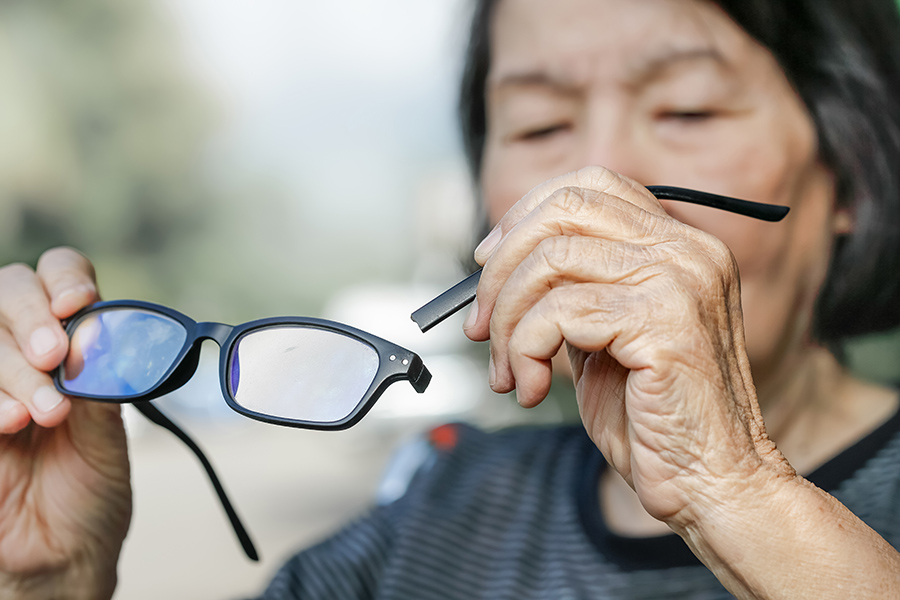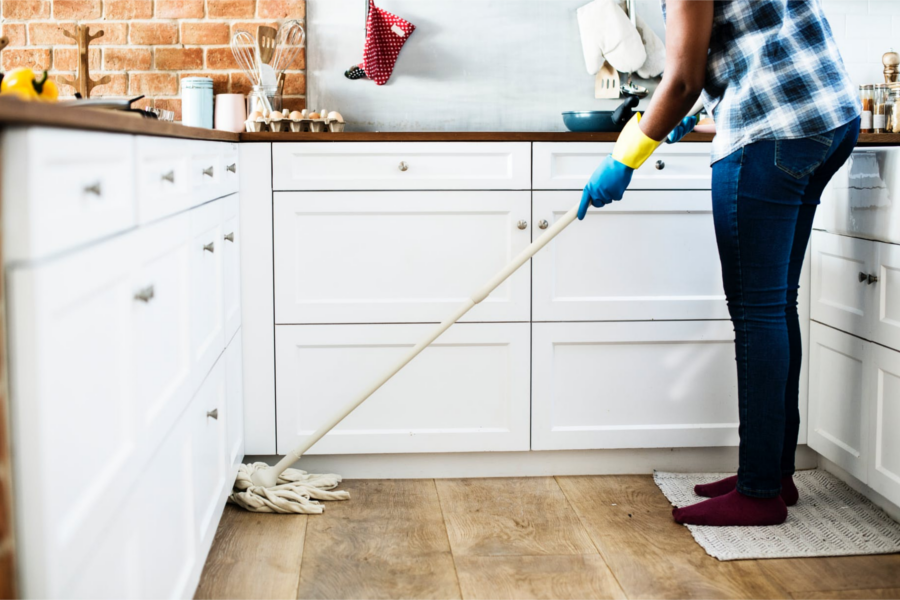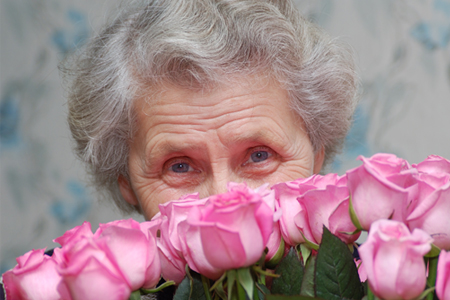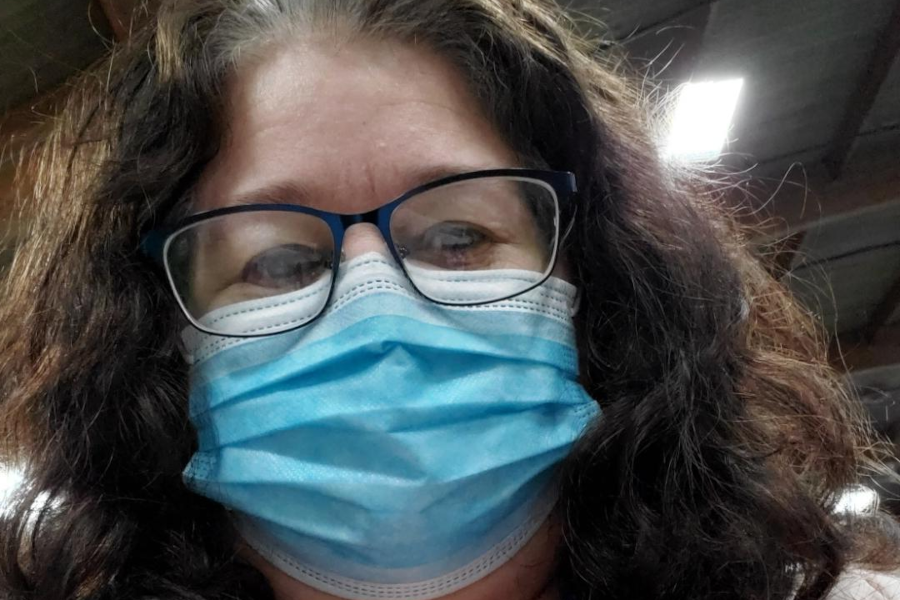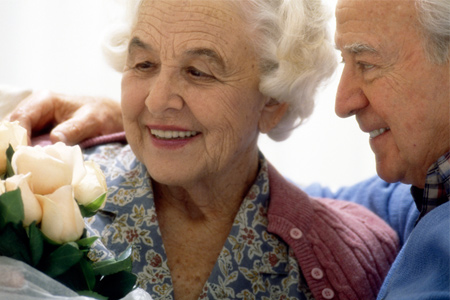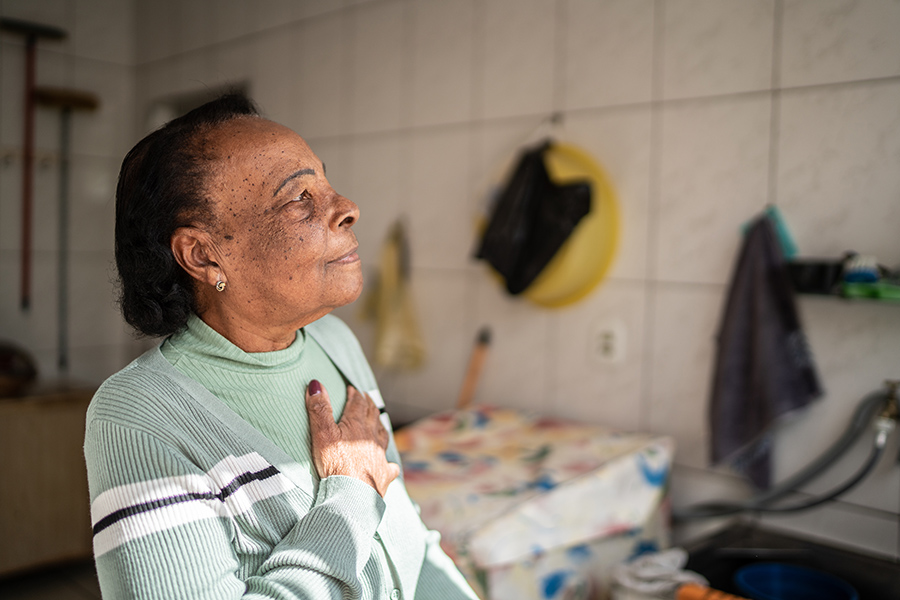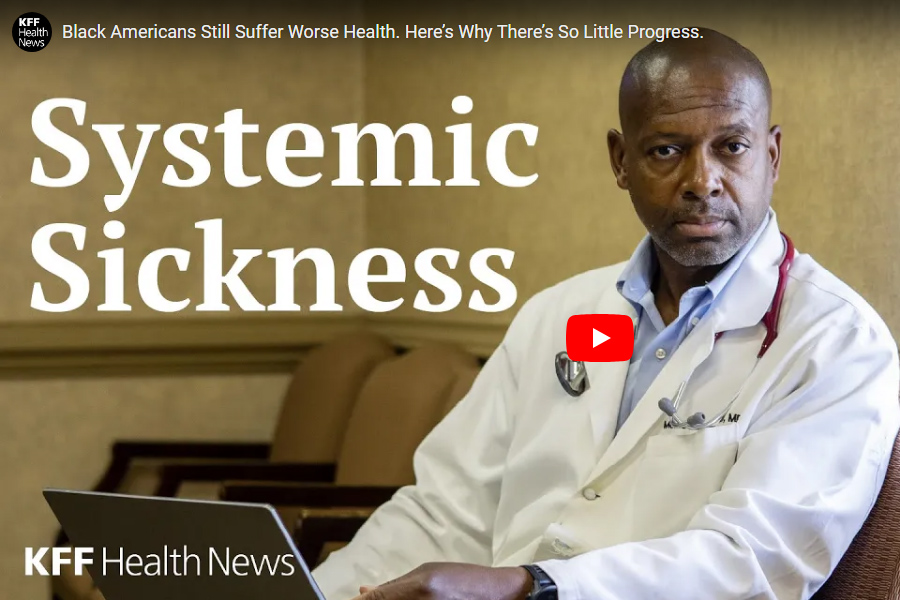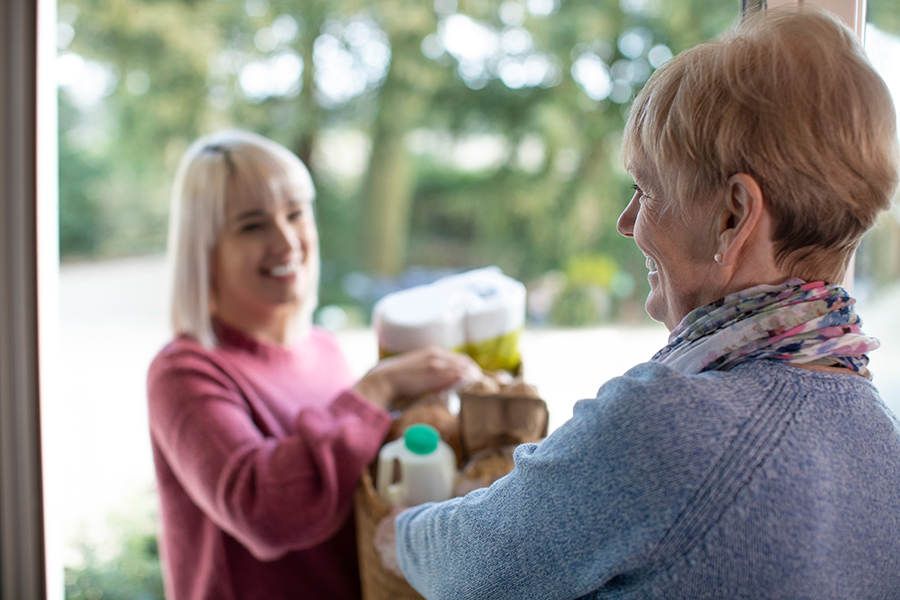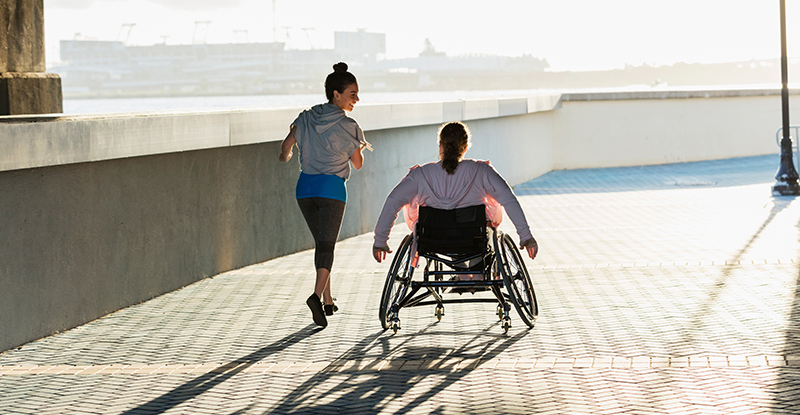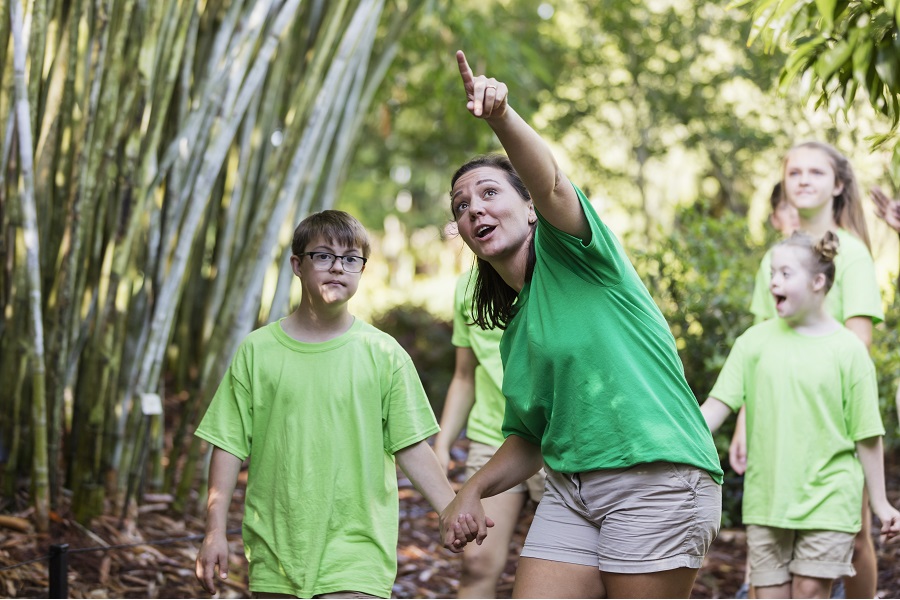Falls are the second-leading cause of accidental or unintentional injury deaths worldwide, and they are also the most common cause of injury in seniors. Adults older than 65 years of age suffer the greatest number of fatal falls.
In 2014, seniors had more than 29 million falls; in the U.S., approximately 20-30% of older people who fall suffer moderate to severe injuries such as hip fractures or head trauma. It has been shown that seniors who fall once are two times as likely to fall again, so fall prevention is essential to maintaining one’s health.
There are many strategies that can help reduce a senior’s risks of injuries from falls, such as regular exercise and regular vision screenings, according to studies published in the Journal of the American Medical Association (JAMA).
In a new study, researchers observed the effects of 39 fall prevention interventions depicted in already published research involving over 40,000 people. It was noted that four single/combination strategies were most effective at preventing falls. The highest reduction in falls, 38%, was observed in seniors who regularly exercised and had vision assessment (and treatment) to fix problems. Other strategies like environmental assessments and modifications, patient education and calcium/vitamin D supplements also proved helpful.
Researchers were surprised to find that some interventions like cognitive behavior therapy, dietary modifications, electromagnetic field therapy and podiatry assessment/treatment didn’t have as much of a positive effect as other methods.
Factors that Can Increase Fall Risk
Seniors are at the highest risk for falling due to age, but other factors can increase the fall factor:
- Poor vision
- Vision changes
- Eye diseases
- Side effects of medications
- Medical conditions (like arthritis or Alzheimer’s)
How to Reduce Your Risk
There are many strategies that can help reduce a senior’s risks of injuries from falls, such as regular exercise and regular vision screenings, according to studies published in the Journal of the American Medical Association (JAMA).
In a new study, researchers observed the effects of 39 fall prevention interventions depicted in already published research involving over 40,000 people. It was noted that four single/combination strategies were most effective at preventing falls. The highest reduction in falls, 38%, was observed in seniors who regularly exercised and had vision assessment (and treatment) to fix problems. Other strategies like environmental assessments and modifications, patient education and calcium/vitamin D supplements also proved helpful.
Researchers were surprised to find that some interventions like cognitive behavior therapy, electromagnetic field therapy and podiatry assessment/treatment didn’t have as much of a positive effect as other methods.
Some steps older adults can take to improve balance and lower their chances of falling include:
- Stay active
- Maintain good balance (regular doctor assessments)
- Maintain eye health (see an ophthalmologist or optometrist yearly after turning 65 to check for age-related conditions)
- Multifocal eyeglass lenses and the first few weeks after cataract surgery can impair depth perception
- Assess living conditions for hazards like rugs that can trip you
- Take calcium supplements/vitamin D that help bones remain strong
- Eat food that is calcium rich (dairy products, oatmeal, broccoli)
- Sources of vitamin D include salmon, fortified milk, orange juice etc.
- Get at least 10 minutes of sun exposure daily
- Review medications causing dizziness
- Wear sturdy shoes
Despite seniors being at a higher risk, falling is preventable. For prevention strategies in the home, see this article on Home Safety: Fall Prevention Strategies and this Fall Risk Checklist for Caregivers.
Sources:
- Journal of the American Medical Association (JAMA)
- World Health Organization
- www.consumerreports.org
- www.everydayhealth.com






